In the left photo, you see a small pile of white SAP crystals from a diaper's absorbent core. What one manufacturer calls a pigment, might be called a colorant by another. If you already read our article, Are Plastics Safe for Baby Bottles , you may know that phthalates are a plastic ingredient of concern. This type of chlorine is not the same chlorine you find in your laundry room, but a gas form of the chemical with a different chemical makeup. Phthalate sources are not limited to some diaper liners, but are in a broad range of "plastic products such as children's toys, lubricants, infant care products, chemical stabilizers in cosmetics, personal care products, and polyvinyl chloride tubing. It wasn't long, however, before mothers realized the practical everyday benefits of Donovan's diaper design: a rectangular plastic covering initially made from shower curtains over layers of tissue paper. But first, a couple of quick tips:. Did you know it is illegal to dispose of poop in the landfill? No diaper we tested was perfect, but the top three performing diapers in our tests are all good options from our point of view, and we'd recommend you give them a closer look:. There is a trend toward greener and more biodegradable disposable diapers, which we view as a step in the right direction. If you buy something through links on our site, Babylist may earn a commission.
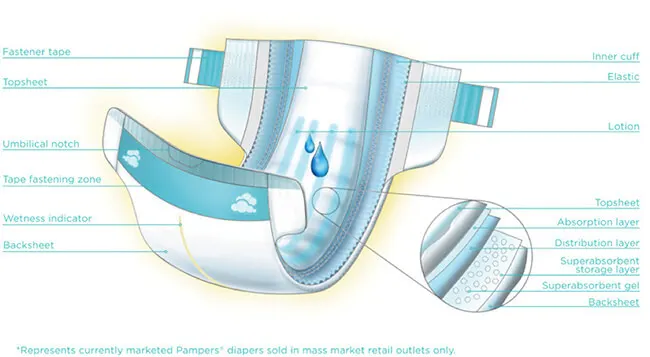
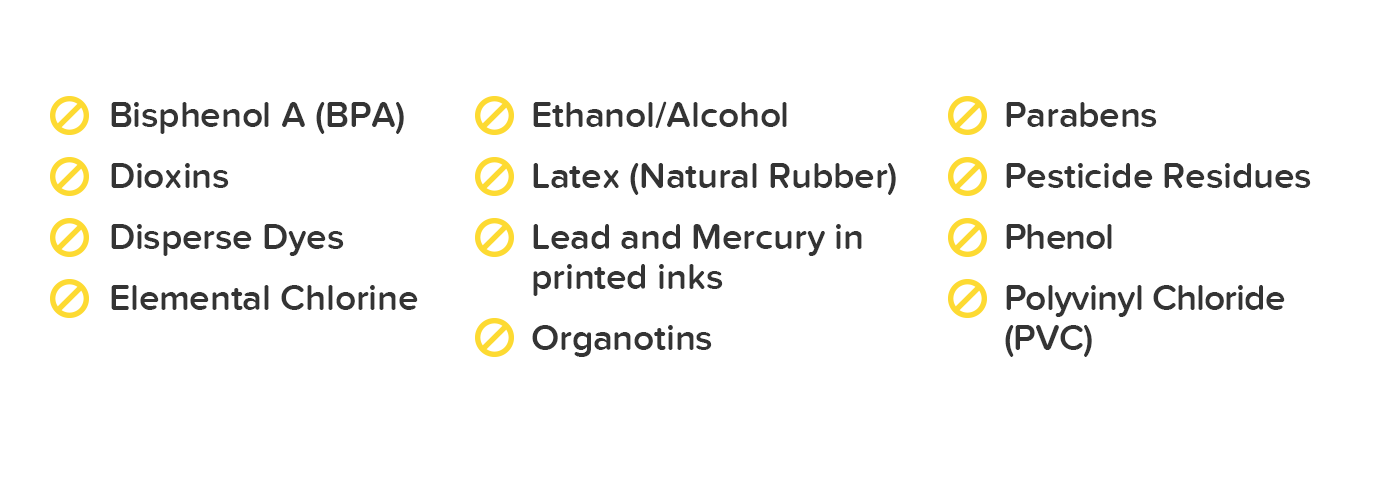
There seems to be no clear or consistent use of any of the words. Given that any feces is toxic, and should not go into a landfill, then the same rinsing should happen with disposable diapers. Phthalate sources are not limited to some diaper liners, but are in a broad range of "plastic products such as children's toys, lubricants, infant care products, chemical stabilizers in cosmetics, personal care products, and polyvinyl chloride tubing. And, they may also be in your baby's diaper. Our exclusive, plant-based liner plant-based and polypropylene blend is enriched with shea butter to help nourish and protect skin while our outercover is enhanced with premium cotton, making Pampers Pure Protection diapers irresistibly soft and breathable. The biggest brands, Huggies and Pampers, are often considered the most guilty on this score, but they are far from the only manufacturers who limit their disclosure of materials. When you throw away your disposable diaper, it more than likely ends up in a landfill, or as the FTC calls it "a customary disposal site. Discard any torn or unsealed diaper or any loose pieces of the diaper. The scents found in many diapers are strong and chemical-laden, harboring unnecessary irritants with the potential to cause health issues like diaper rash and respiratory symptoms. For a product to be considered biodegradable it has to meet specific qualifications.
What’s in Our Pampers Products?
Classification: Preparation. You don't need it, so it's not worth the risk. Babies go through over 2, diaper changes in the first year. The biggest brands, Huggies and Pampers, are often considered the most guilty on this score, but they are far from the only manufacturers who limit their disclosure of materials. While dioxins are only found in trace quantities in chlorine-bleached diapers, we prefer "none" to "trace" when it comes to babies, particularly newborns because their skin is so thin. Pampers Swaddlers Baby Diapers - Size 1. In some disposable diapers, phthalates may be used as part of the process to create a waterproof outer liner. In the end, a disposable diaper is still a disposable diaper. The outer layer is waterproof to prevent leaks. Best Convertible Car Seats of
Pampers Ingredients and Safety Questions | Pampers
- The Best Cloth Diapers.
- However, most experts feel the SAP itself was not the cause.
- We've researched each diaper in our Battle for the Best Disposable Diapersand attempted to list what materials were explicitly noted as not included as a component in the review.
- Based on animal studies, dioxins have the potential to "cause reproductive and developmental problems, damage the immune system, interfere with hormones and also cause cancer.
- To accomplish the sequestration, landfills typically employ a plastic or clay liner as a containment system.
- SAP crystals do the heavy lifting, and are sandwiched between the upper and lower layers of the diaper core material.
Skip To Content. Add to cart. Nearby stores View store map. Description Your search for pure protection that works is over! Designed to help skin stay dry and healthy, Pampers Pure Protection diapers lock wetness away from skin for up to 12 hours for outstanding leakage protection with skin-loving care. Plus, our designer, boutique prints make Pampers Pure just as precious as they are protecting. We've thoughtfully chosen all of our ingredients to care for your baby's precious skin. Our exclusive, plant-based liner plant-based and polypropylene blend is enriched with shea butter to help nourish and protect skin while our outercover is enhanced with premium cotton, making Pampers Pure Protection diapers irresistibly soft and breathable. But the ingredients we've chosen to leave out are just as important. That's why Pampers Pure Protection diapers are free of elemental chlorine, fragrance, parabens, and latex natural rubber and are hypoallergenic. The Seal of Cotton and cotton enhanced are trademarks of Cotton Incorporated. Nutrition and ingredients. Allergens and safety warnings Keep away from any source of flame. Pampers diapers, like almost any article of clothing, will burn if exposed to flame. To avoid risk of choking on plastic, padding, or other materials, do not allow your child to tear the diaper, or handle any loose pieces of the diaper.
Babies go through over 2, diaper changes in the first year. And if you stand in the diaper aisle for long enough, it might seem like you could choose a different diaper for each of those changes. There are Swaddlers and Pure and Overnights. How are you supposed to know which one your baby needs in this moment? But first, a couple of quick ingredients in pampers diapers. One of the most popular diaper choices for newborn babies, Pampers Swaddlers are super soft and designed with a special liner that wicks wetness away from skin. And since diaper changes can be…unpredictable in those early days, leak guard barriers along the leg cuff help protect where poopsplosions are most likely to happen. Your baby may be fine overnight with their regular diaper, but if you notice frequent leaks, you may want to switch to an overnight diaper. For babies with more sensitive skin or if you just want a diaper with fewer ingredientsPampers Pure diapers are hypoallergenic and free of elemental chlorine, ingredients in pampers diapers, fragrance, parabens, and natural rubber latex. They are made with soft, stretchy sides that provide a comfy and secure fit so your baby has the freedom to move, while extra leak barriers around the legs protect against blowouts.
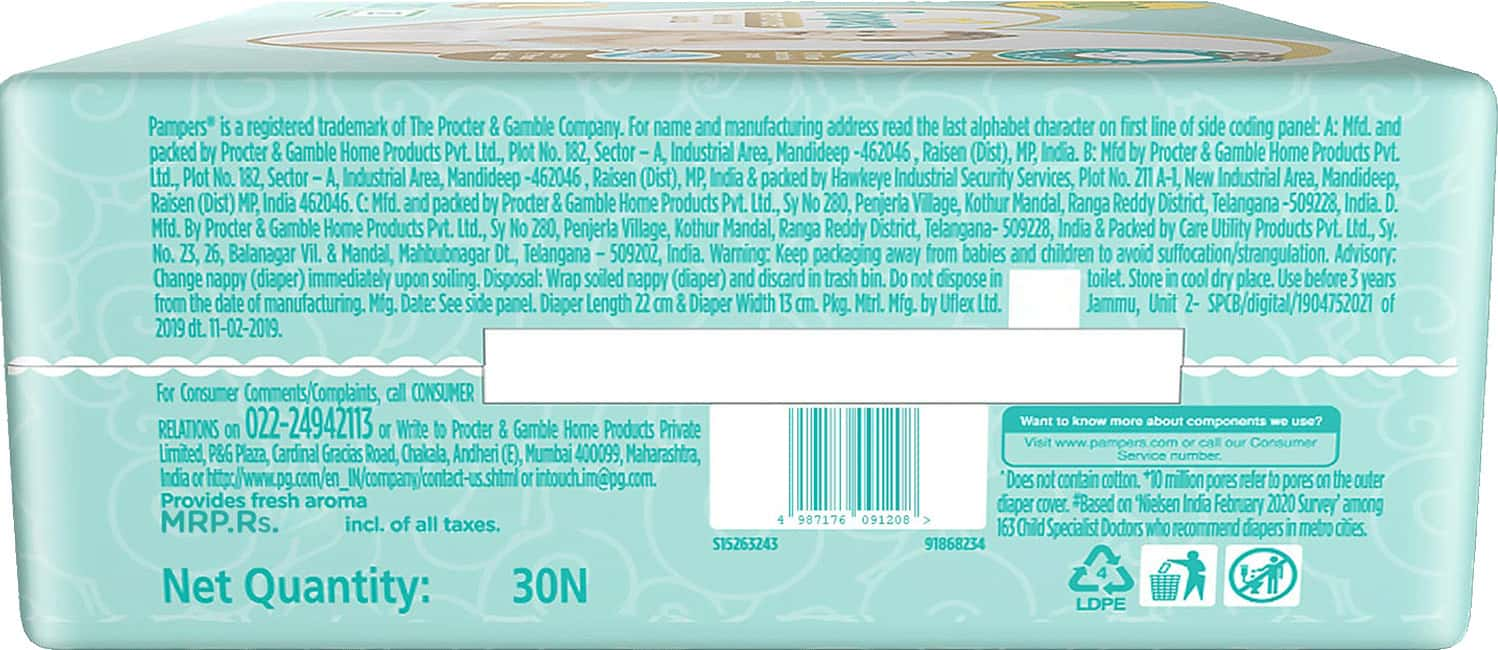
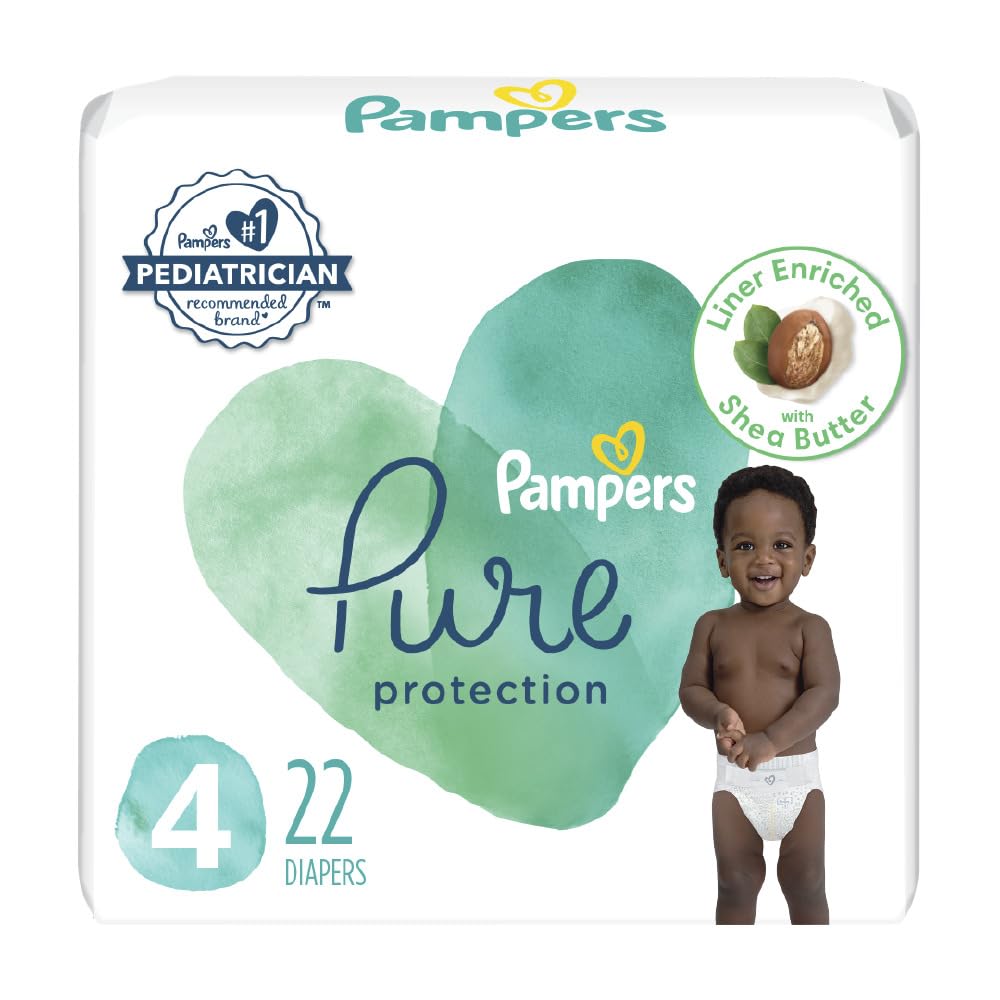
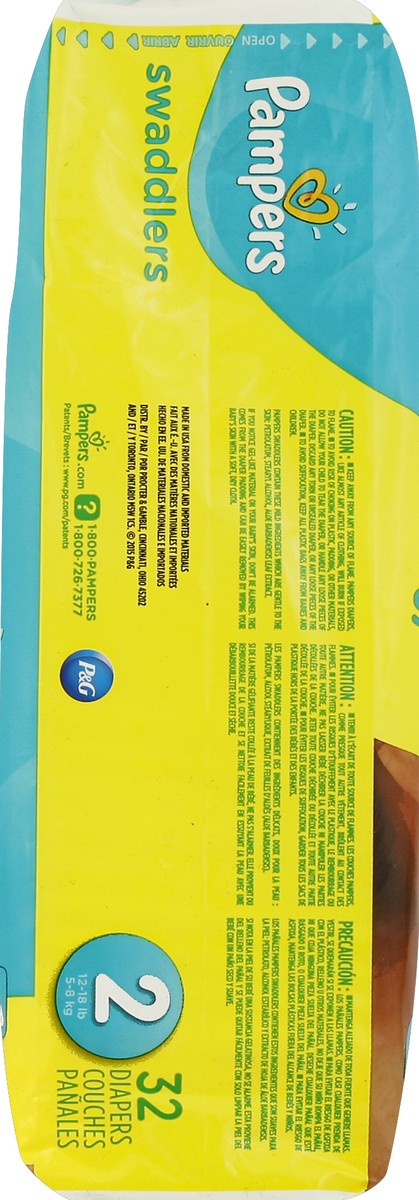
Ingredients in pampers diapers. What Is Inside Those Disposable Diapers?
Products in this Consumer Product Information Database CPID are classified based on their composition: Substances: single chemicals Preparations: products which contain chemicals that can be easily separated during normal use Articles: products ingredients in pampers diapers product assemblies that do not contain chemicals that can be separated out from the product or assembly under normal or advertised use. The GHS is a system for standardizing and harmonizing the classification and labelling of chemicals. Chemicals are associated with codes that define their health, physical and environmental hazards. This universal hazard communication system was developed to ensure that employers, employees and consumers are provided with adequate, practical, reliable and comprehensible information on the hazards of chemicals, so that they can take effective preventive and protective measure for their own health and safety. The GHS classifications for chemicals associated with products in this database may be viewed by selecting the "Advanced" button on the Chemical Ingredients tables. Since this is a work in progress, Ingredients in pampers diapers classifications may not be shown for all chemical ingredients. Chemical Abstracts Service Registry Number is a unique identifier for a chemical and its synonyms. CAS numbers identify the chemical, but not its concentration or specific mixture, ingredients in pampers diapers. For more information: www. There are 4 categories of Hazard Codes:. SVHC is a substance identified by the European Chemicals Agency that may have serious and often irreversible effects on human health and the environment. Identified, on a case-by-case basis, ingredients in pampers diapers, from scientific evidence as causing probable serious effects to human health or the environment of an equivalent level of concern as those above e. Products are not tested and manufacturer's information presented here is not evaluated by DeLima Associates. Warnings Keep away from any source of flame. Pampers Diapers, like almost any article of clothing, will burn if exposed to flame.
Description
This article is part of our review of The Best Disposable Diapers. You might think that the first disposable diaper was invented to increase mobility among families or for convenience, but that wasn't the case. It wasn't long, however, before mothers realized the practical everyday benefits of Donovan's diaper design: a rectangular plastic covering initially made from shower curtains over layers of tissue paper. Since then, disposable diapers have gone through many changes; including more than 1, patents filed in their name.
SVHC is a substance identified by the European Chemicals Agency that may have serious and often irreversible effects on human health and the environment, ingredients in pampers diapers. It is unclear to us that any of the diapers that claim biodegradability are actually in compliance with the FTC's legal definition of breaking down in one year. Form: pad.

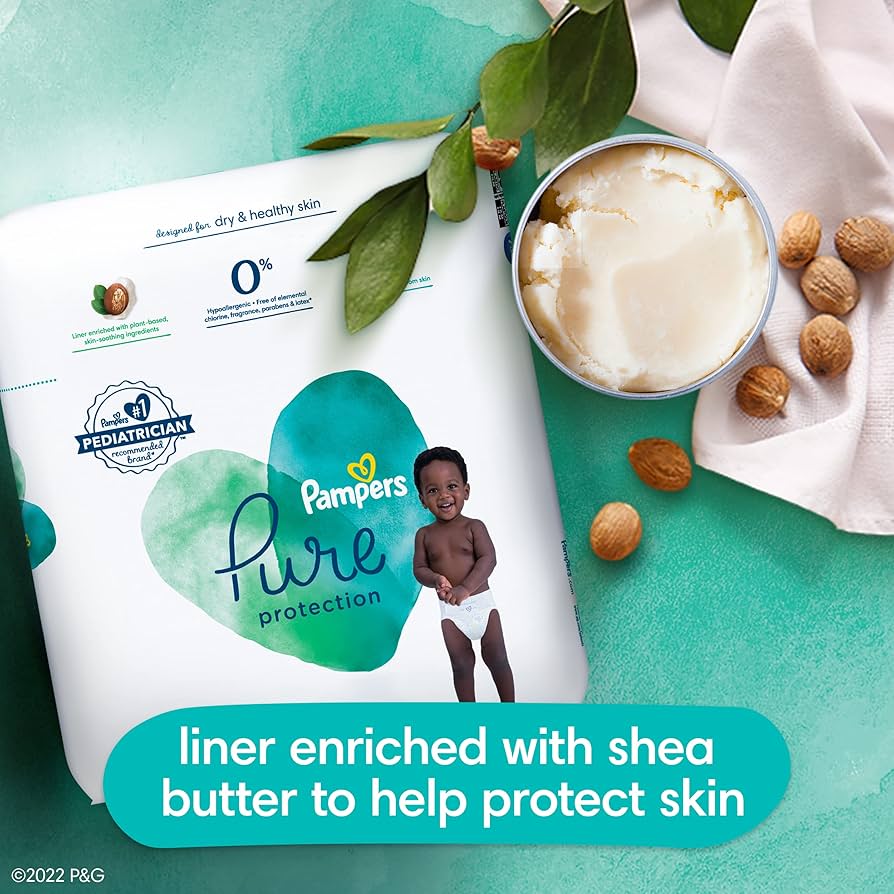
How It's Made: Diapers
In it something is. Earlier I thought differently, I thank for the help in this question.
What useful topic